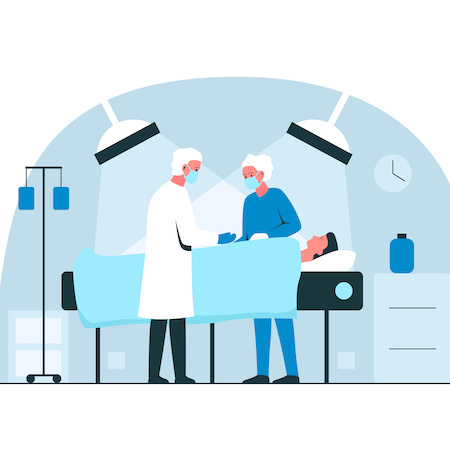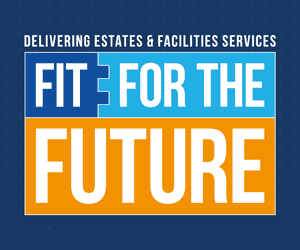Following last week’s confirmation of more than 50 new surgical hubs, the Health and Social Care Secretary, Steve Barclay has announced the opening of seven new community diagnostic centres (CDCs). Both are measures to help bust the Covid backlogs, whilst the new CDCs will help to diagnose patients more quickly and meet future demands on the NHS.
The one-stop shops will offer a range of diagnostic checks, scans and tests closer to home. Following a GP referral, patients can get their symptoms checked and receive a potentially life-saving diagnosis for a range of conditions such as cancer, heart and lung disease more quickly.
So far, 92 CDCs have opened in a variety of settings from football stadiums to shopping centres - carrying out over 1.7 million tests. This forms part of the government’s ambition to roll out 160 CDCs across the country by 2025 to deliver nine million tests, checks and scans a year, with the programme backed by £2.3 billion of diagnostics investment.
The new CDCs will be rolled out in Eltham (south east London), Lancashire, Leigh in Greater Manchester, St Albans, Willesden and Wembley in north west London.
CDCs already opened include one on the top floor of a Beales department store in Poole which was formerly used to sell furniture, and one in the Glass Works shopping centre in Barnsley as part of the town’s urban regeneration project.
The announcement comes as a new analysis from the Nuffield Trust reveals that the number of patients waiting for 15 key diagnostic tests or procedures, as well as the proportion waiting for longer than the six-week target have both increased sharply since the start of the pandemic and at a significantly faster rate than that experienced pre-Covid.
In the analysis (‘How much is COVID-19 to blame for growing NHS waiting times’), Jessica Morris and Sarah Reed acknowledge the policy to develop more CDCs to help the NHS to deliver more tests and checks, but point out that achieving the targets set depends on investment in both staff and equipment, which may be more difficult in the context of “the huge and likely unmanageable savings being demanded of the NHS in a difficult financial year.”
In terms of the number of diagnostic tests carried out each month, total activity has recovered to the same level as before the pandemic (2% higher in the most recent quarter, compared to 2019), but the growing waiting list shows that it is not high enough to keep pace with demand.










